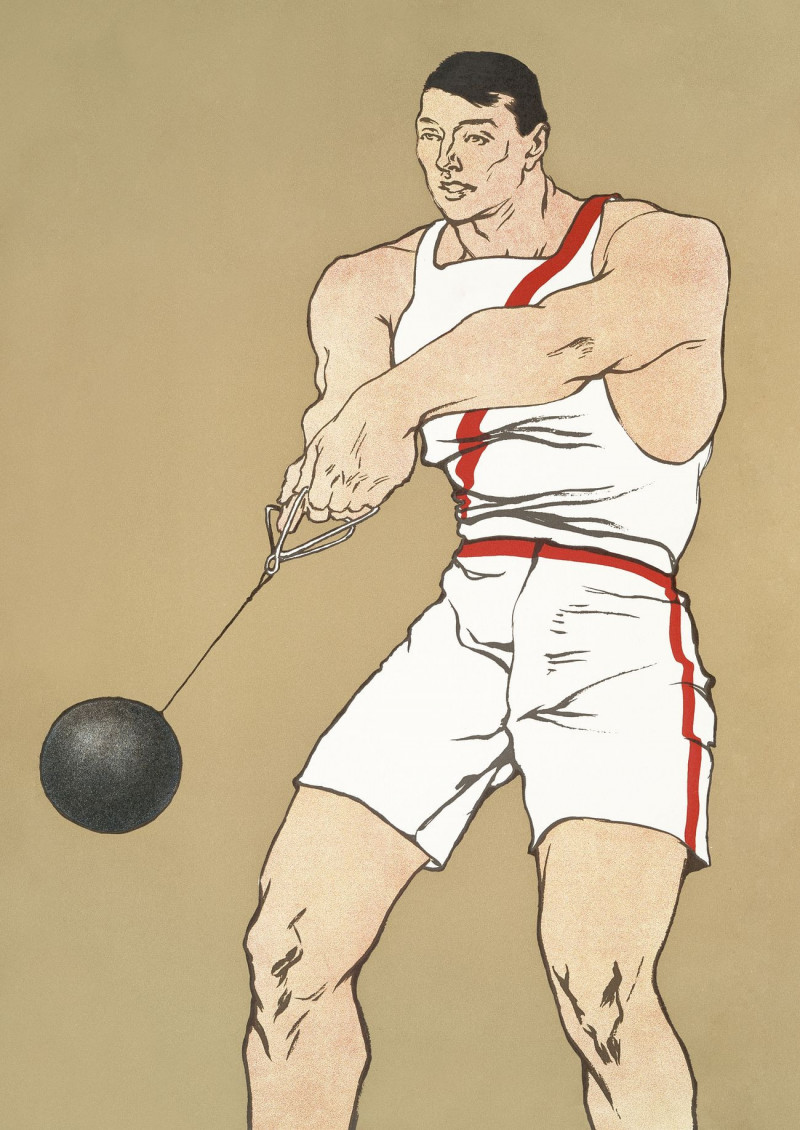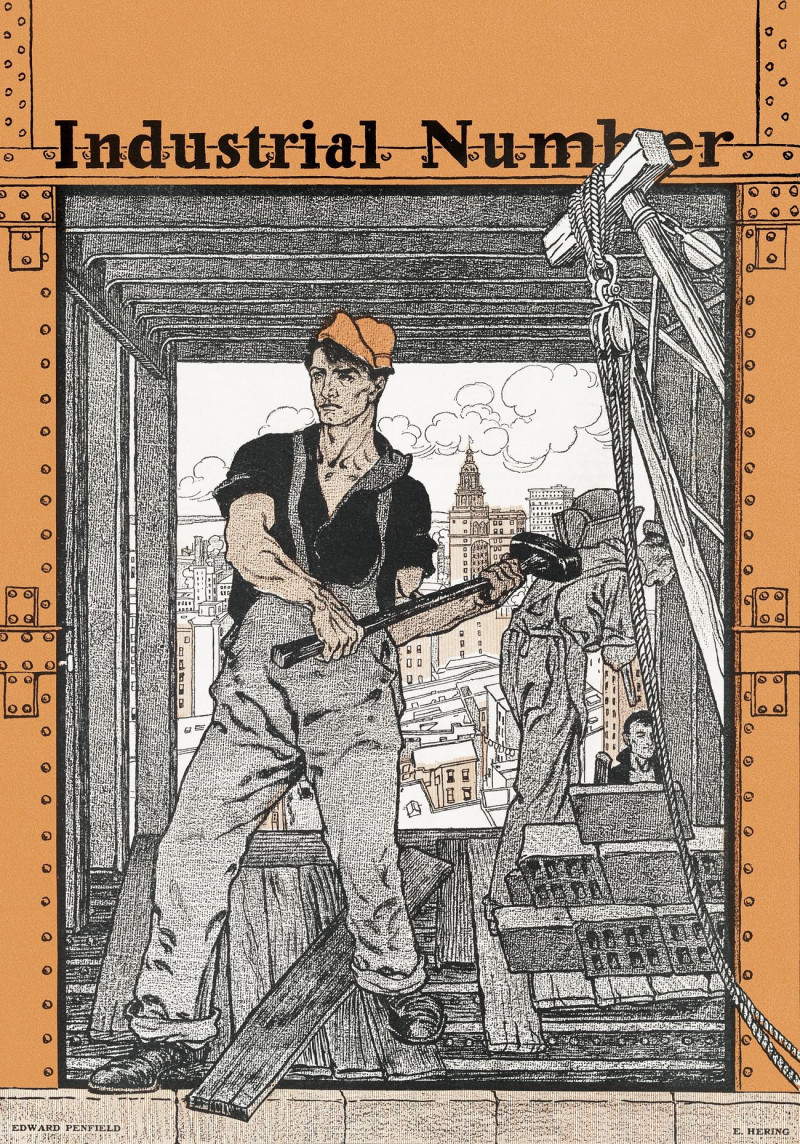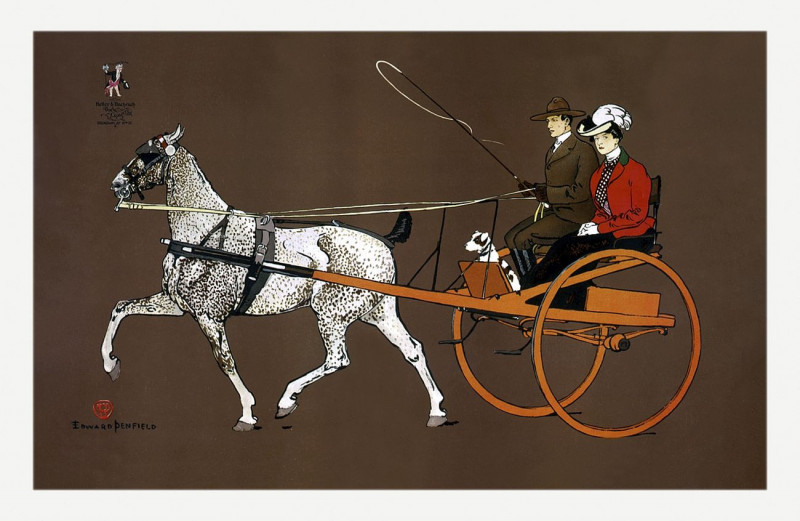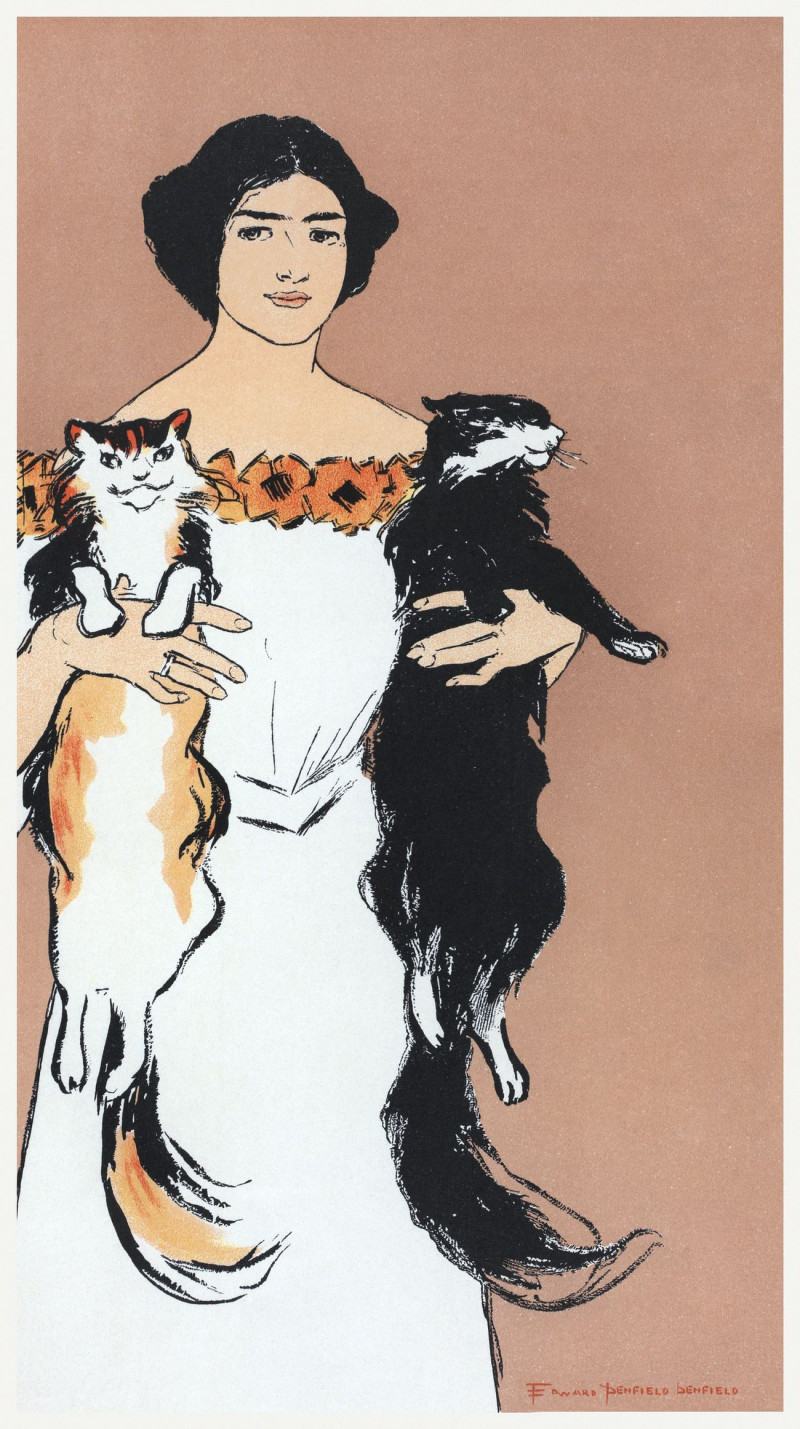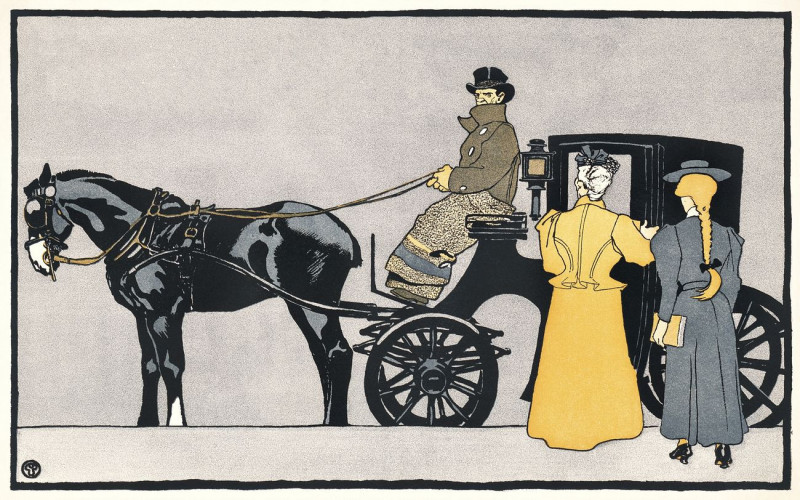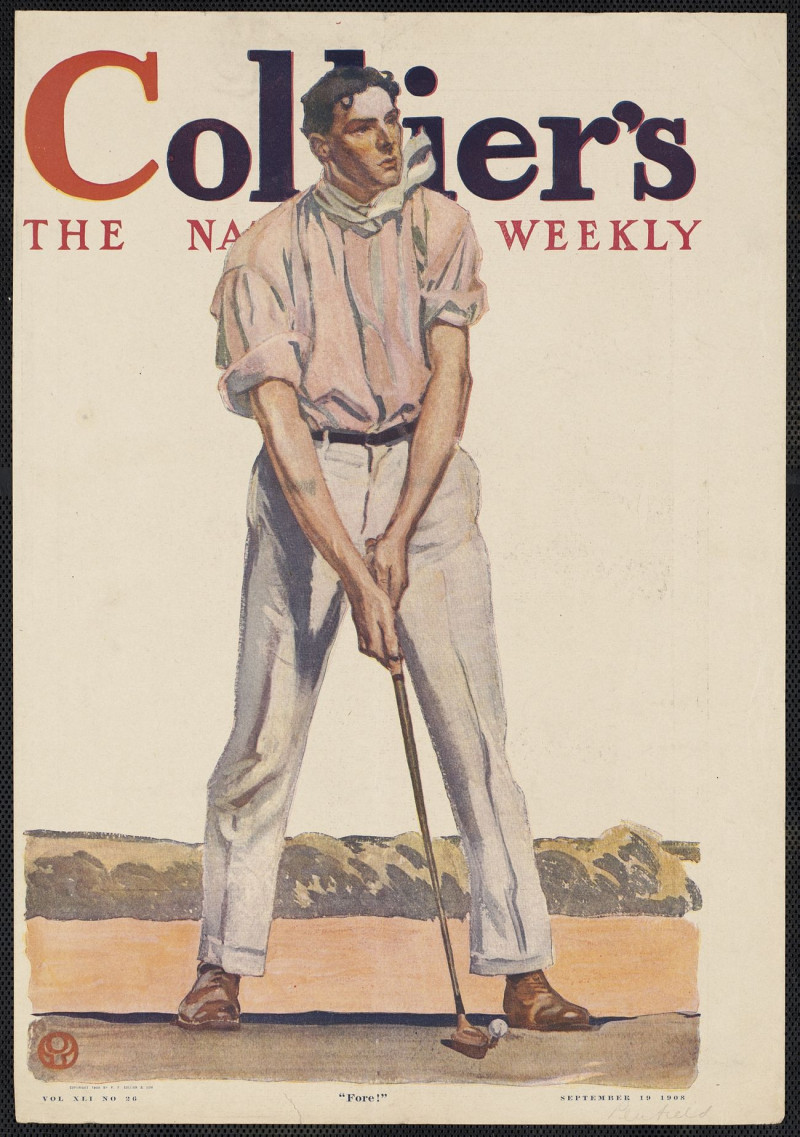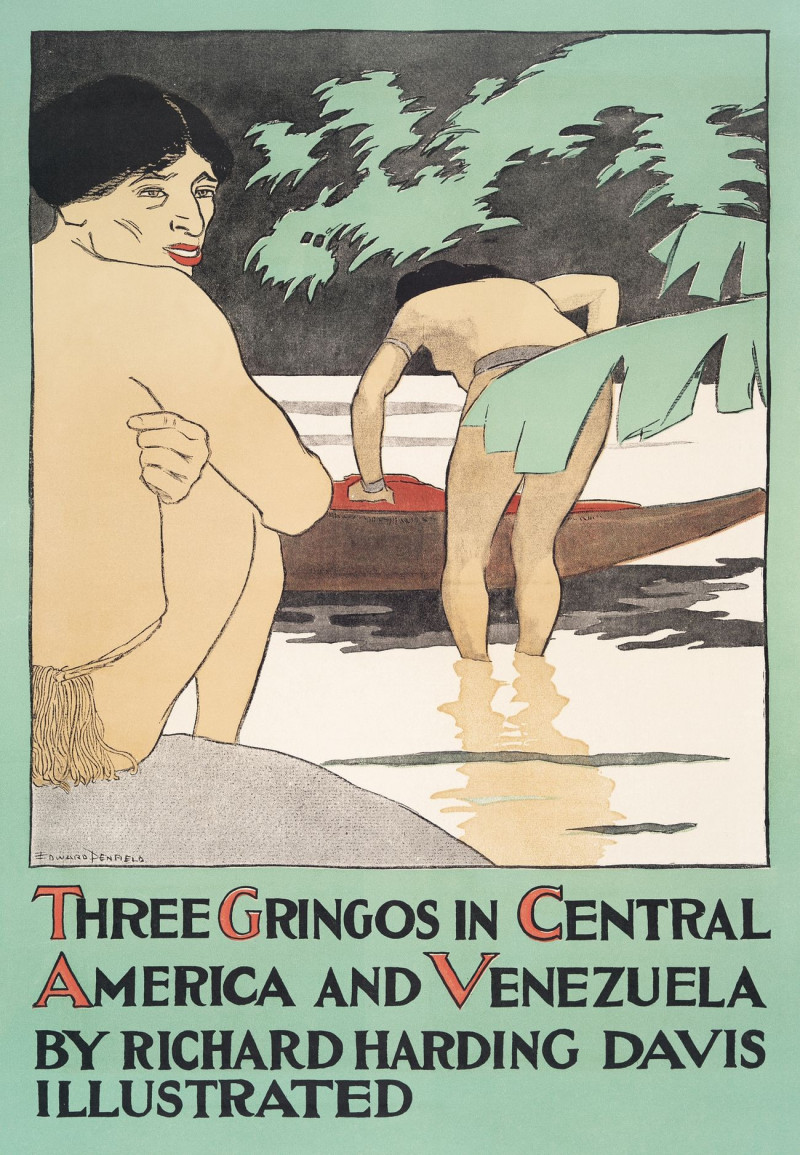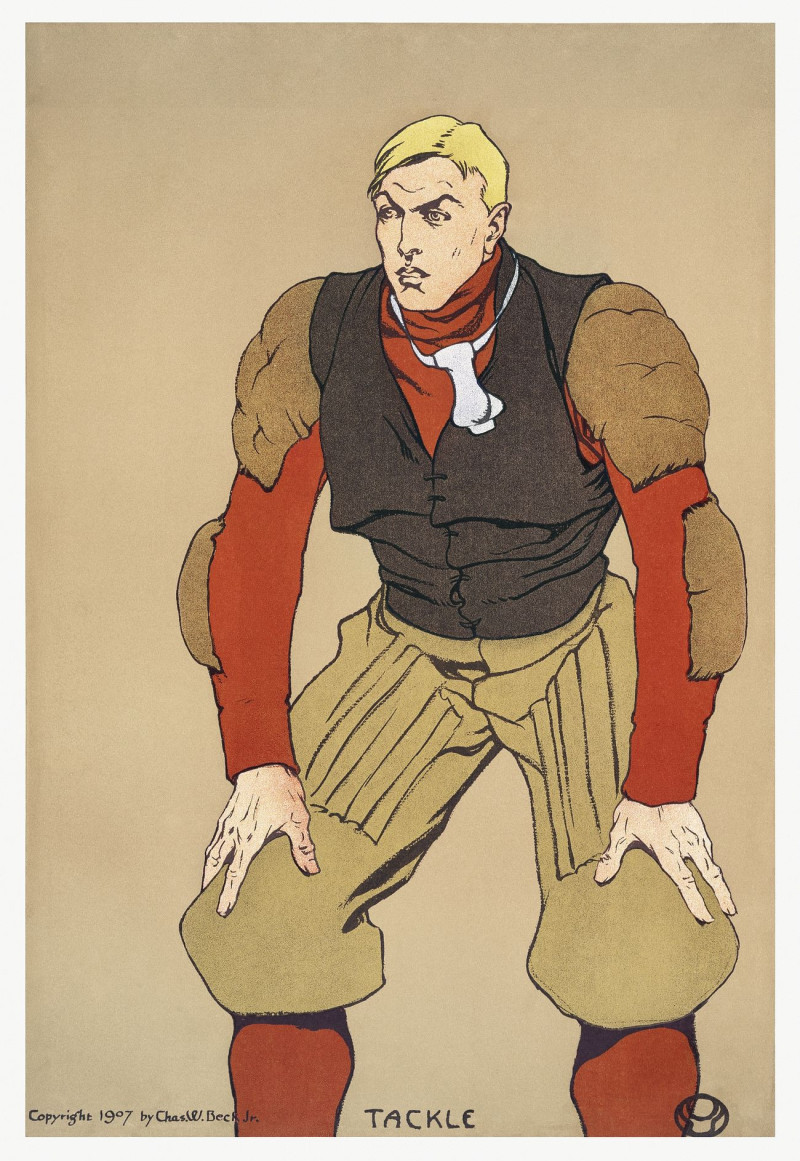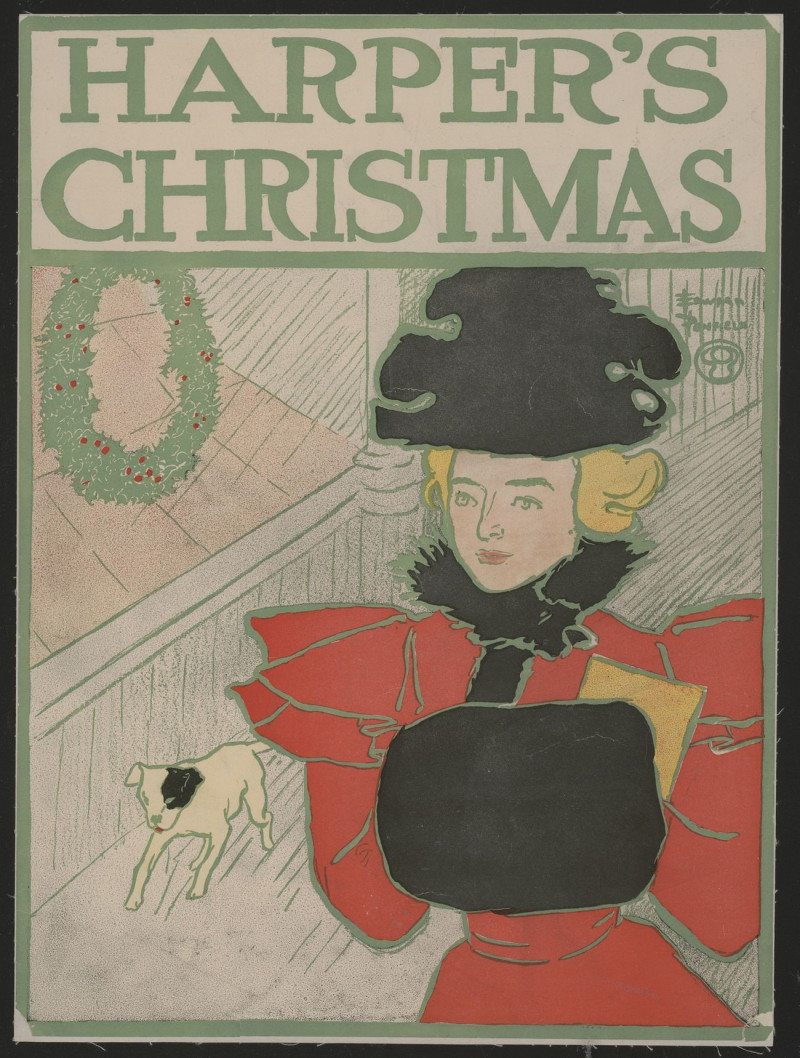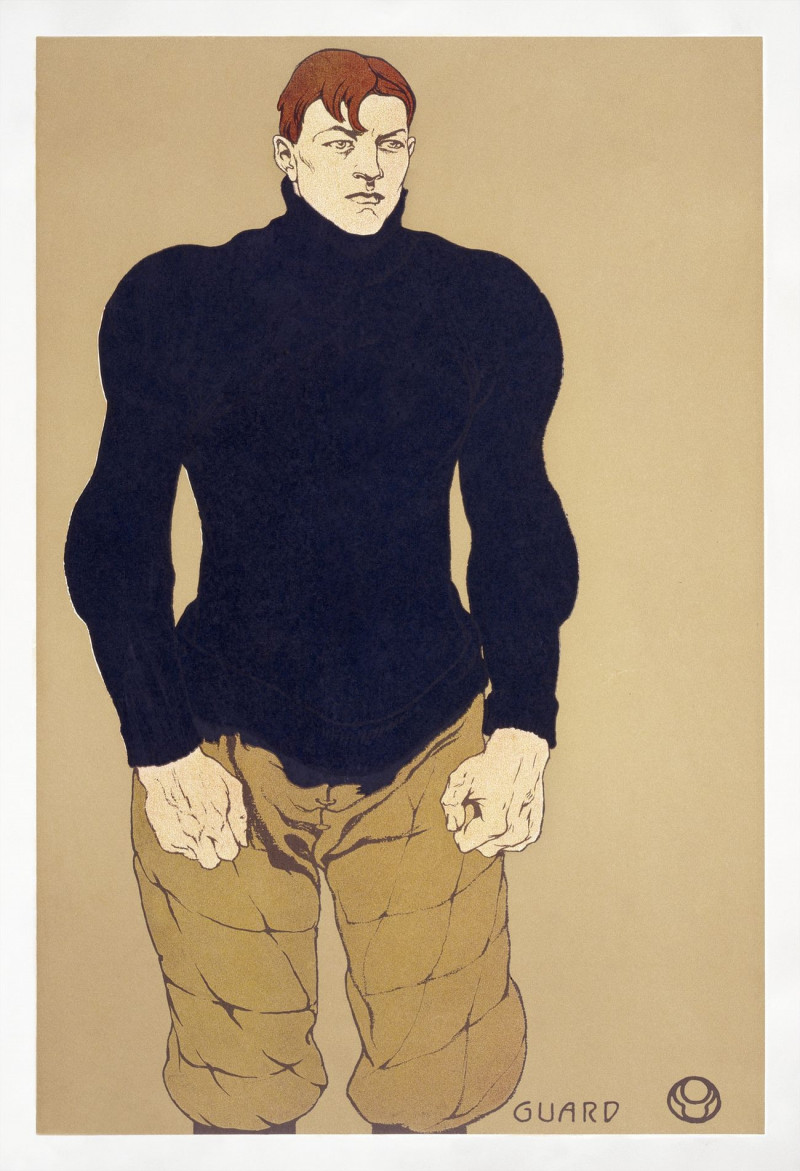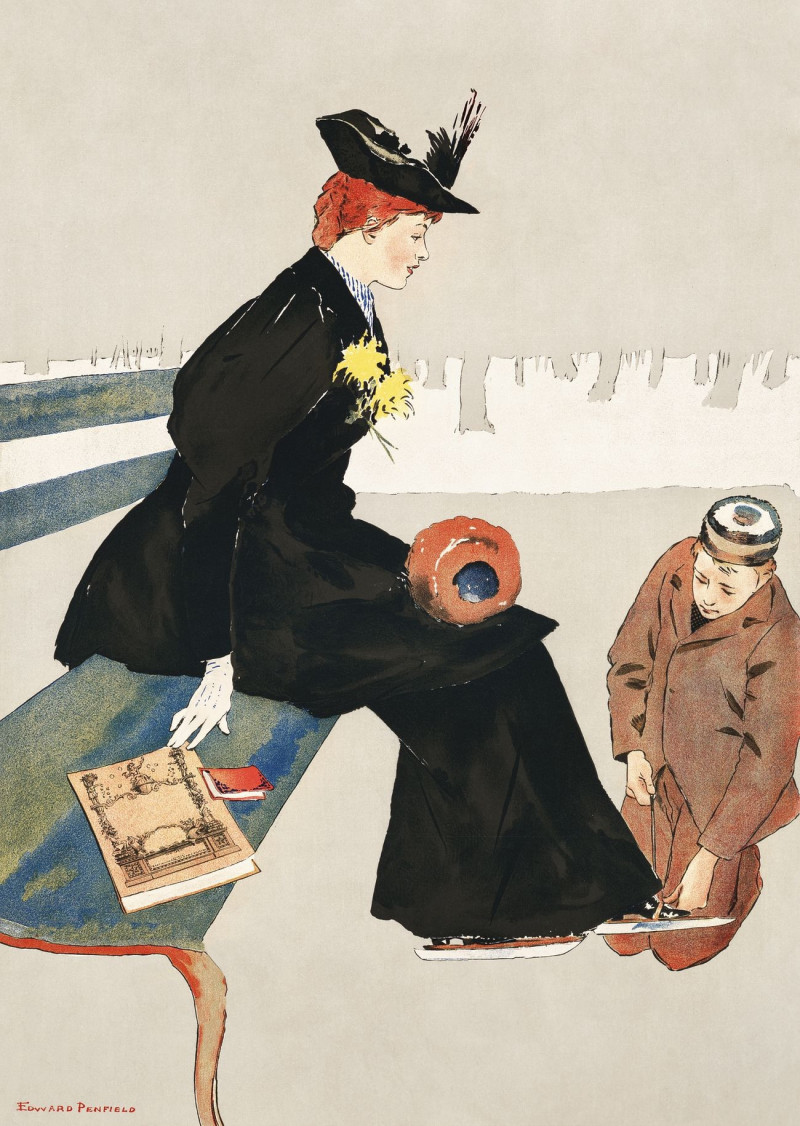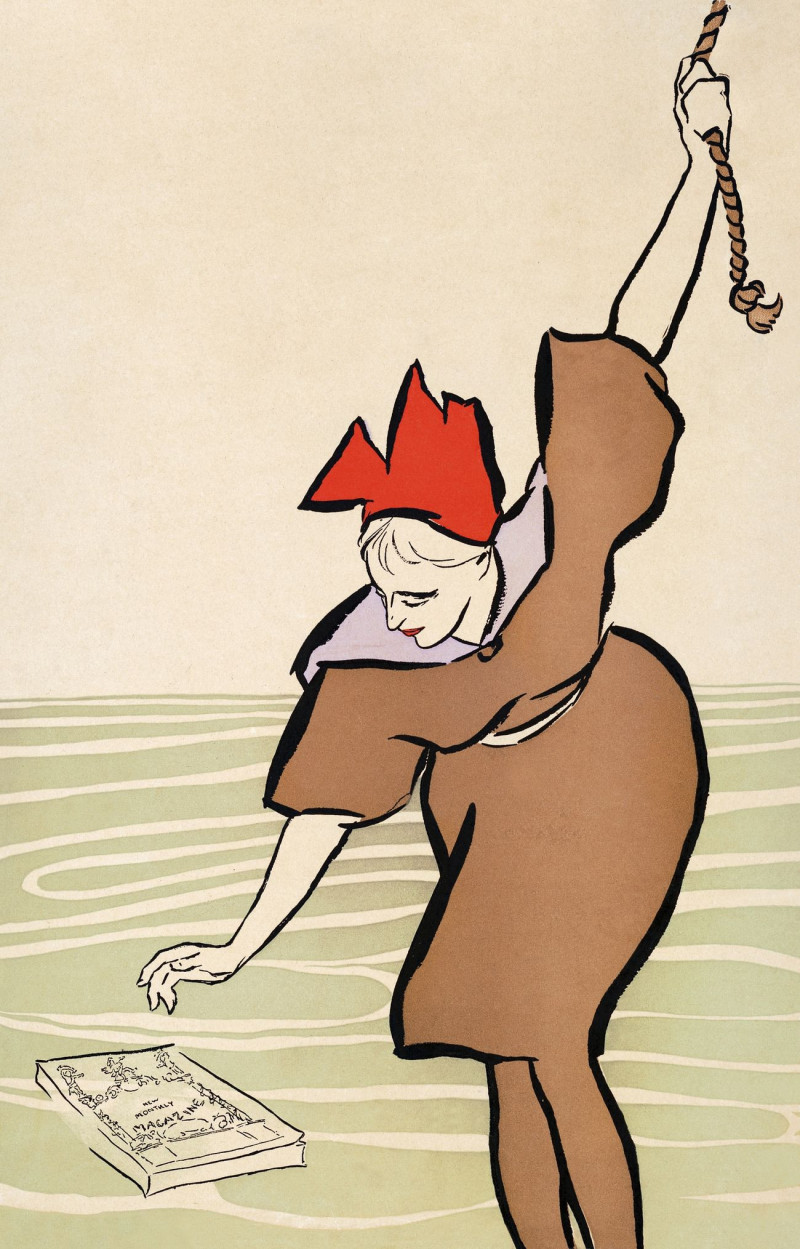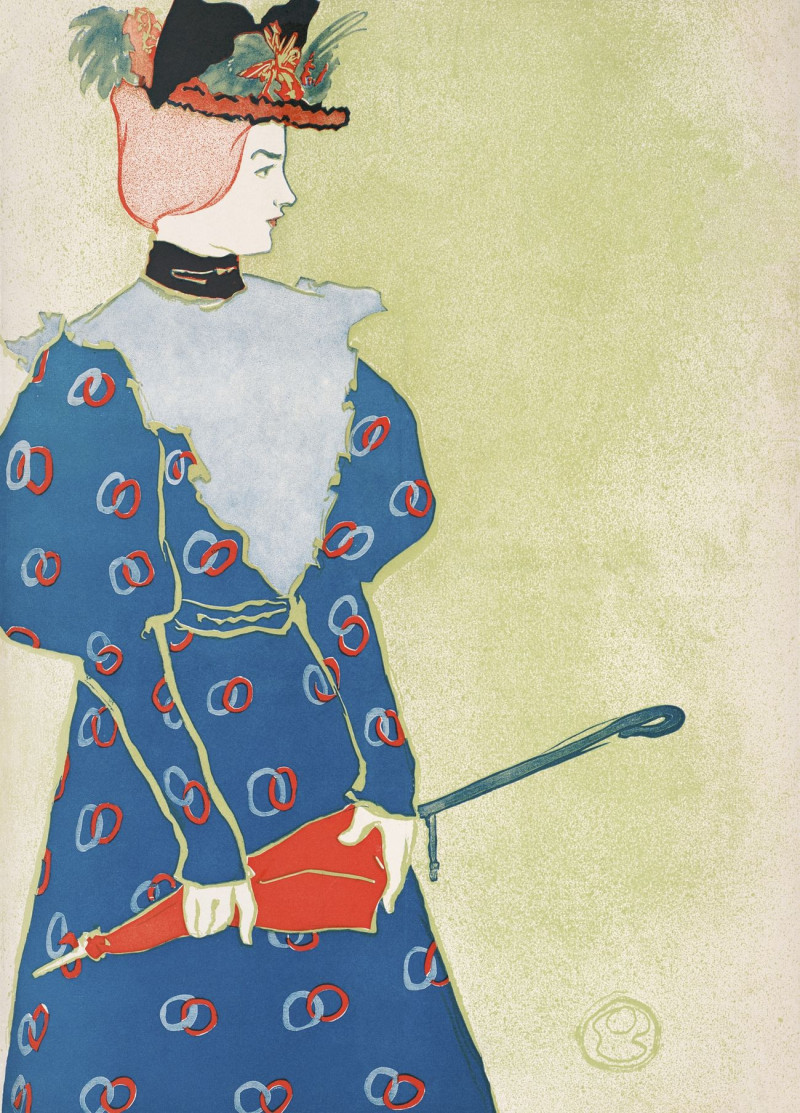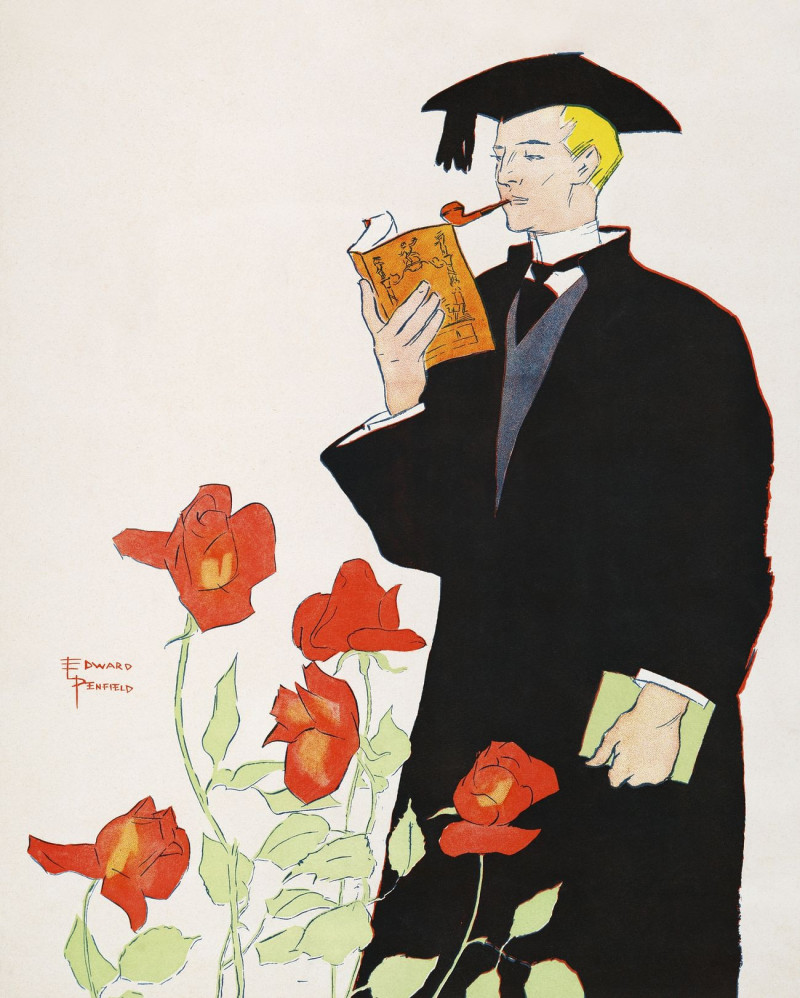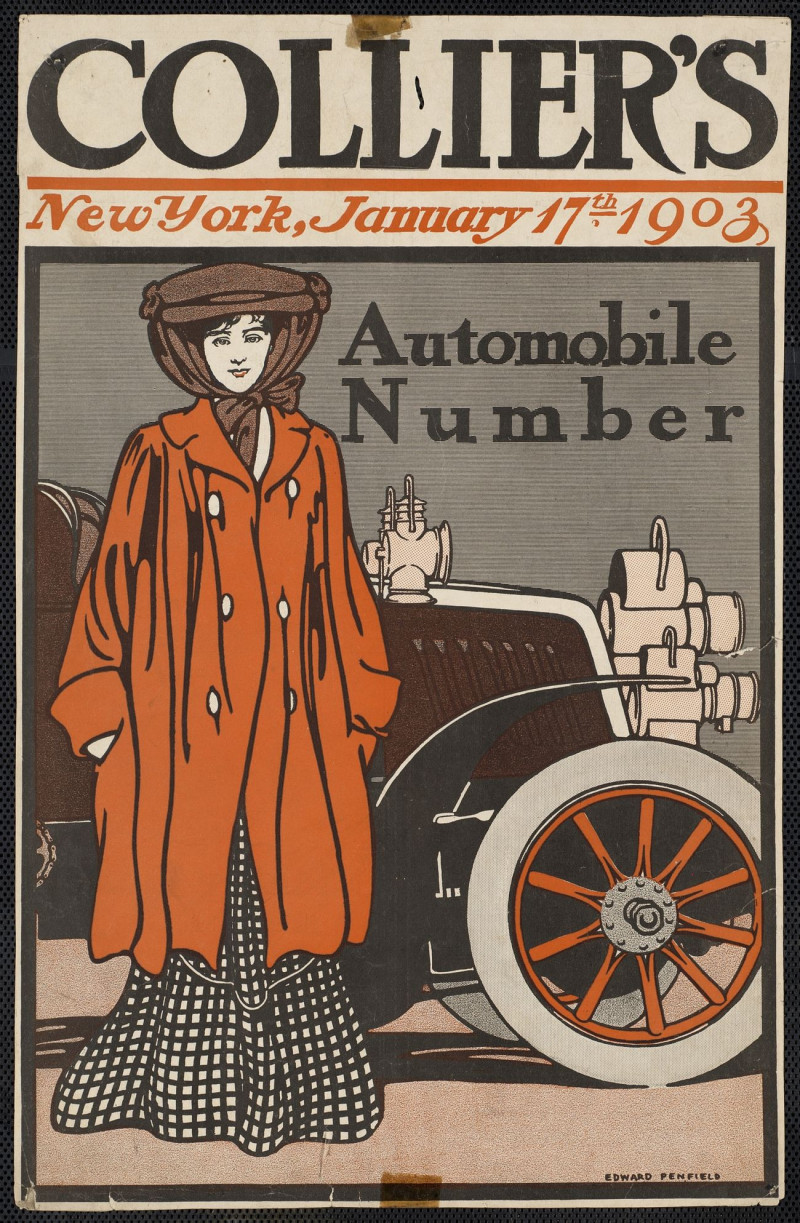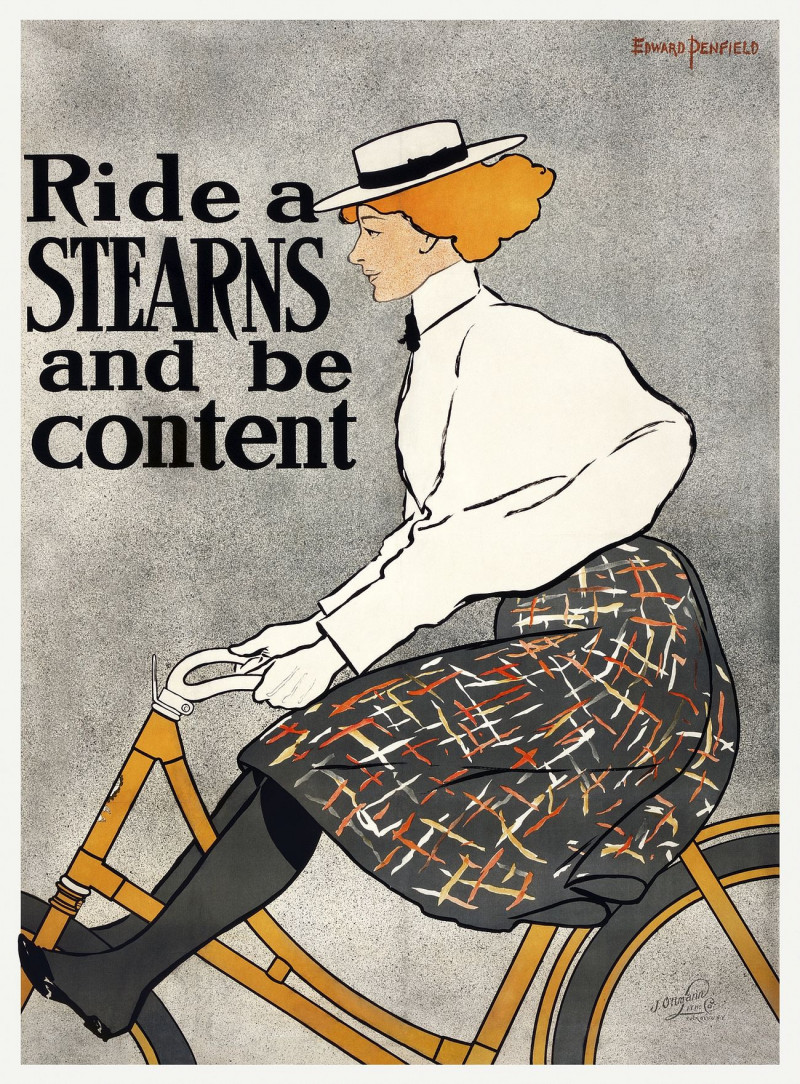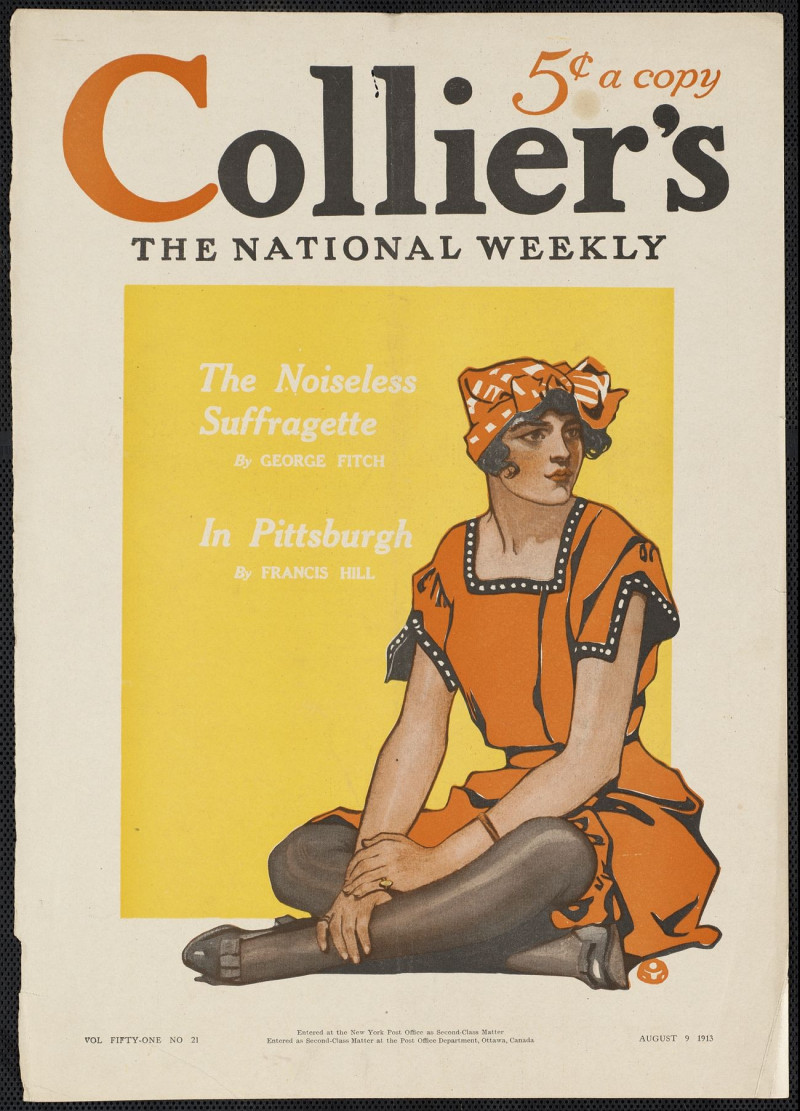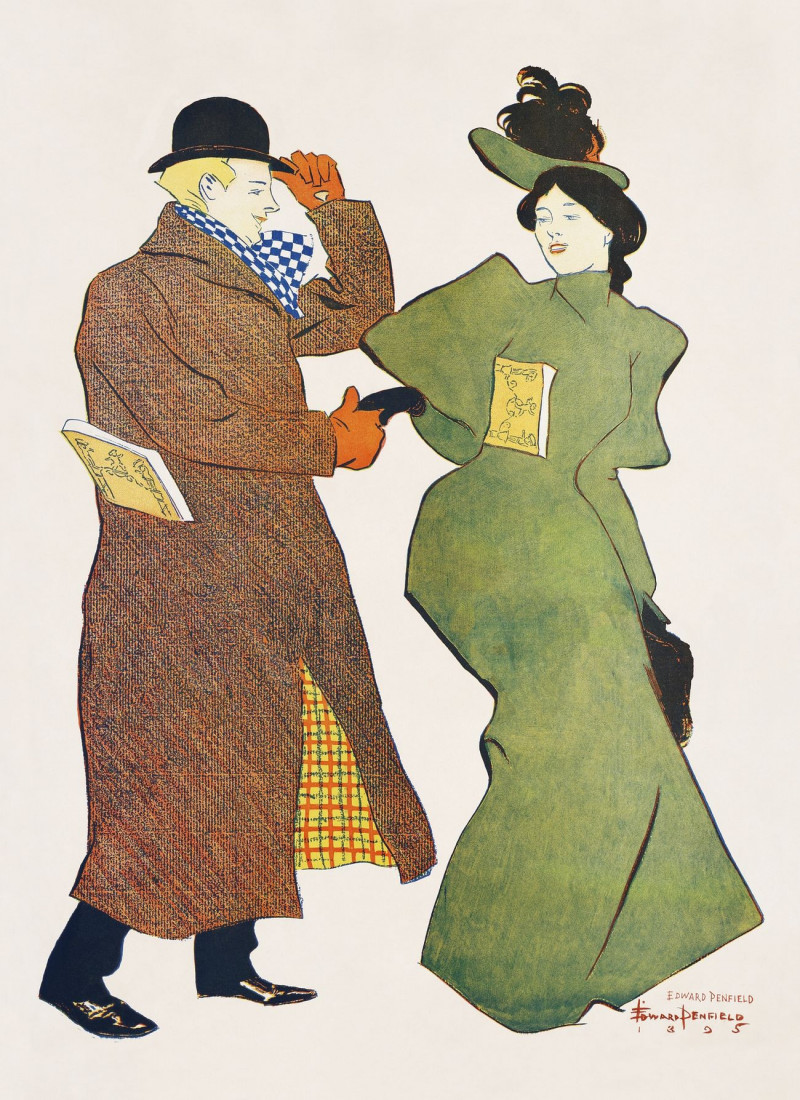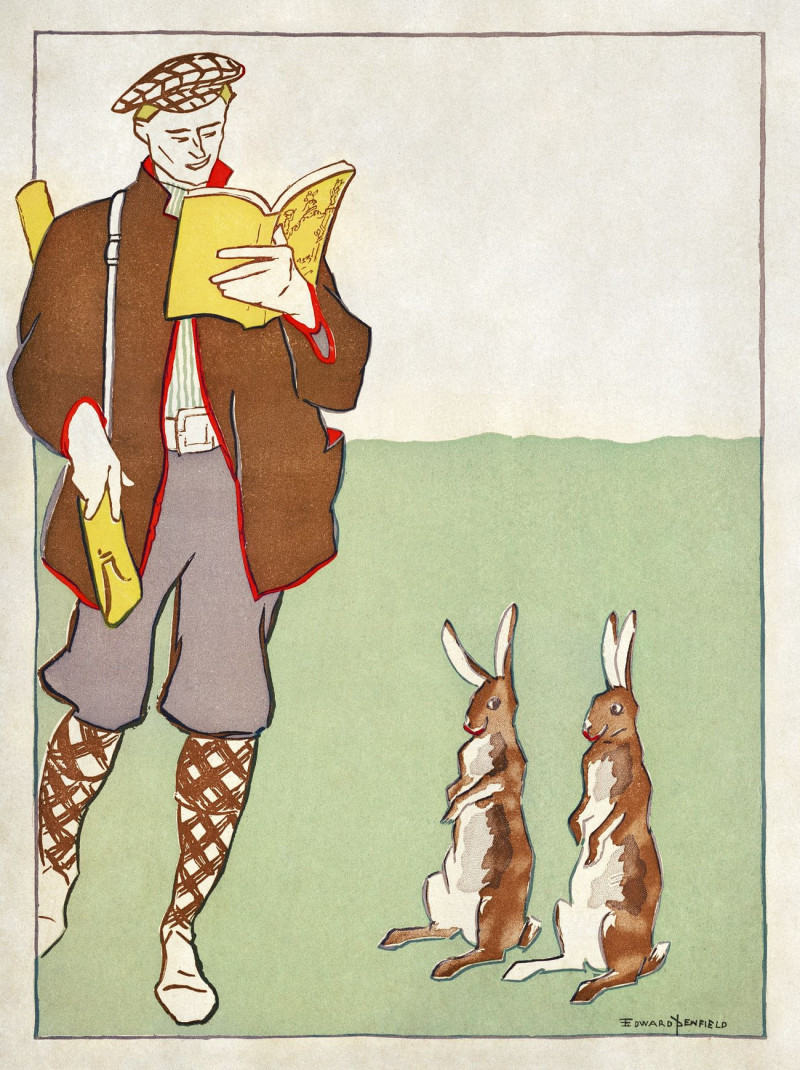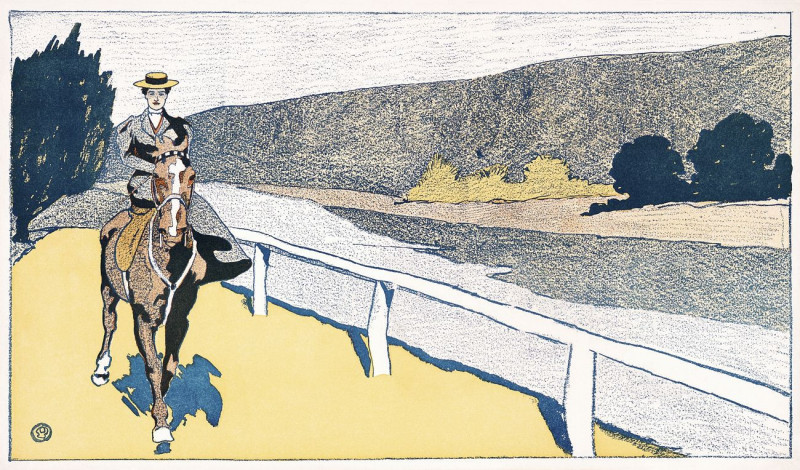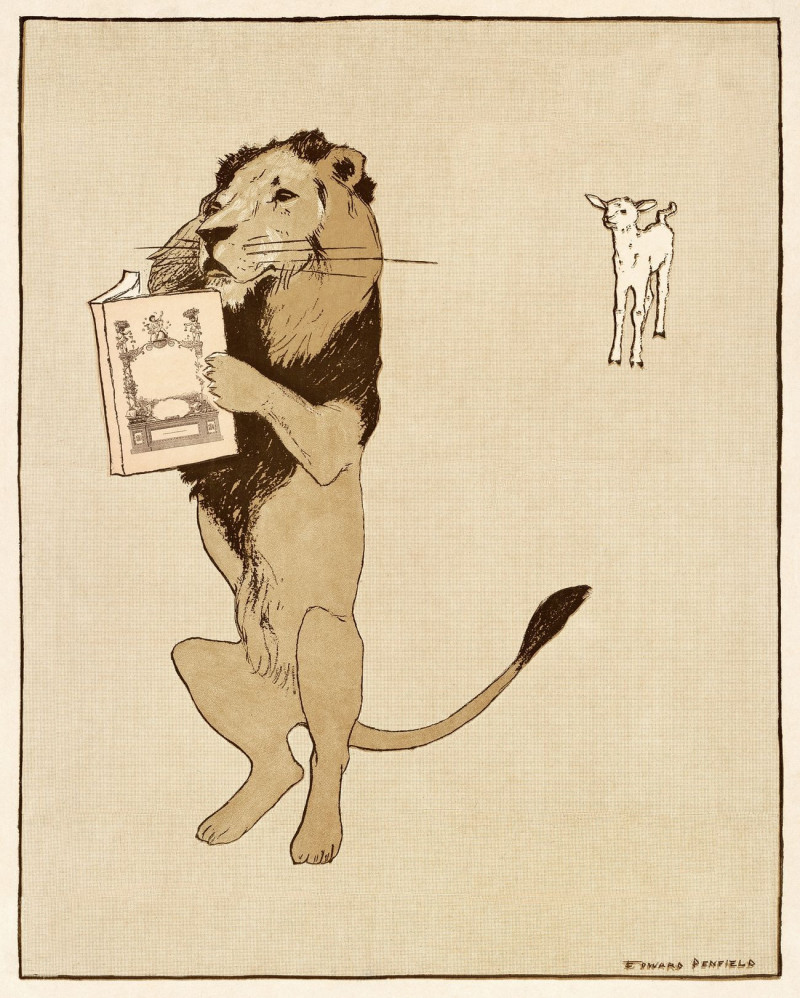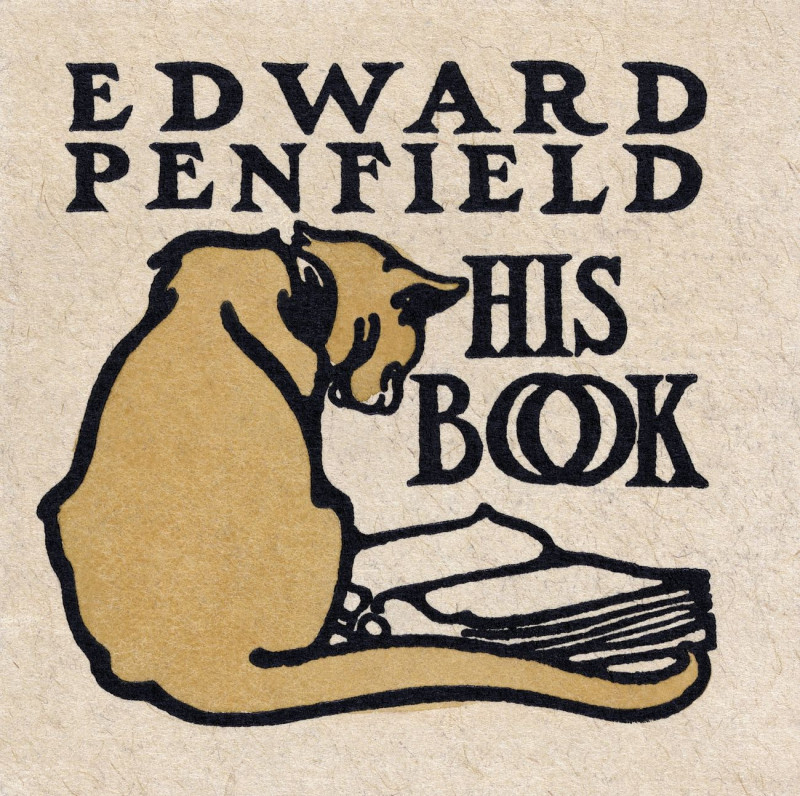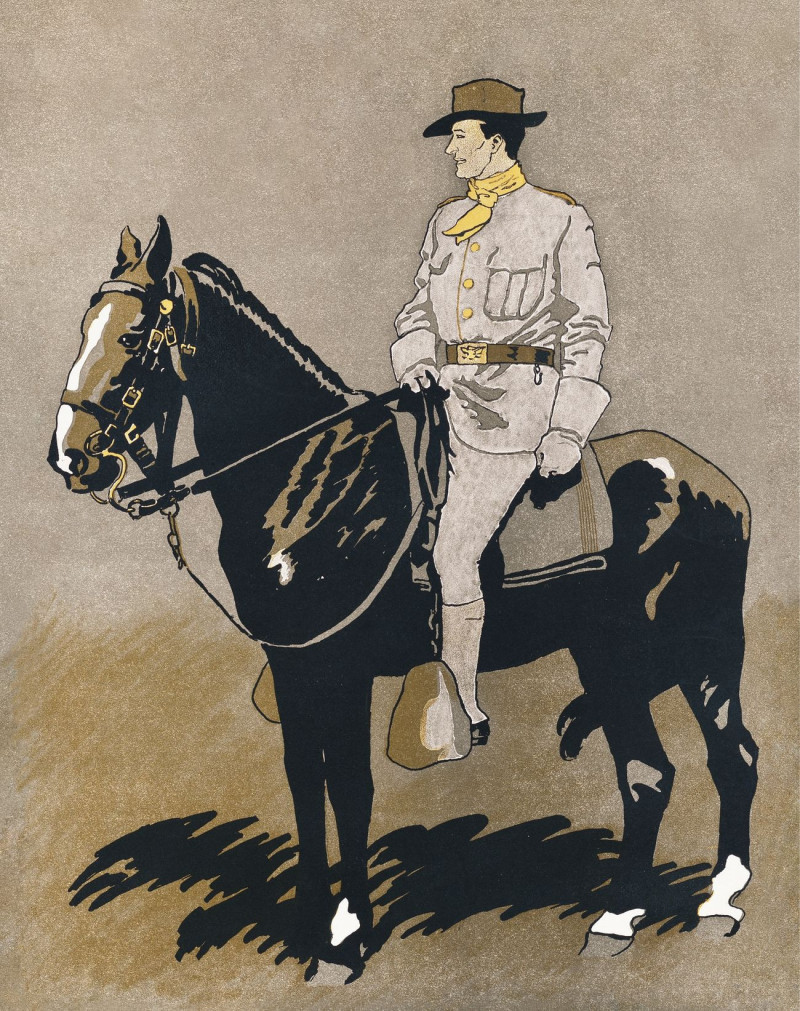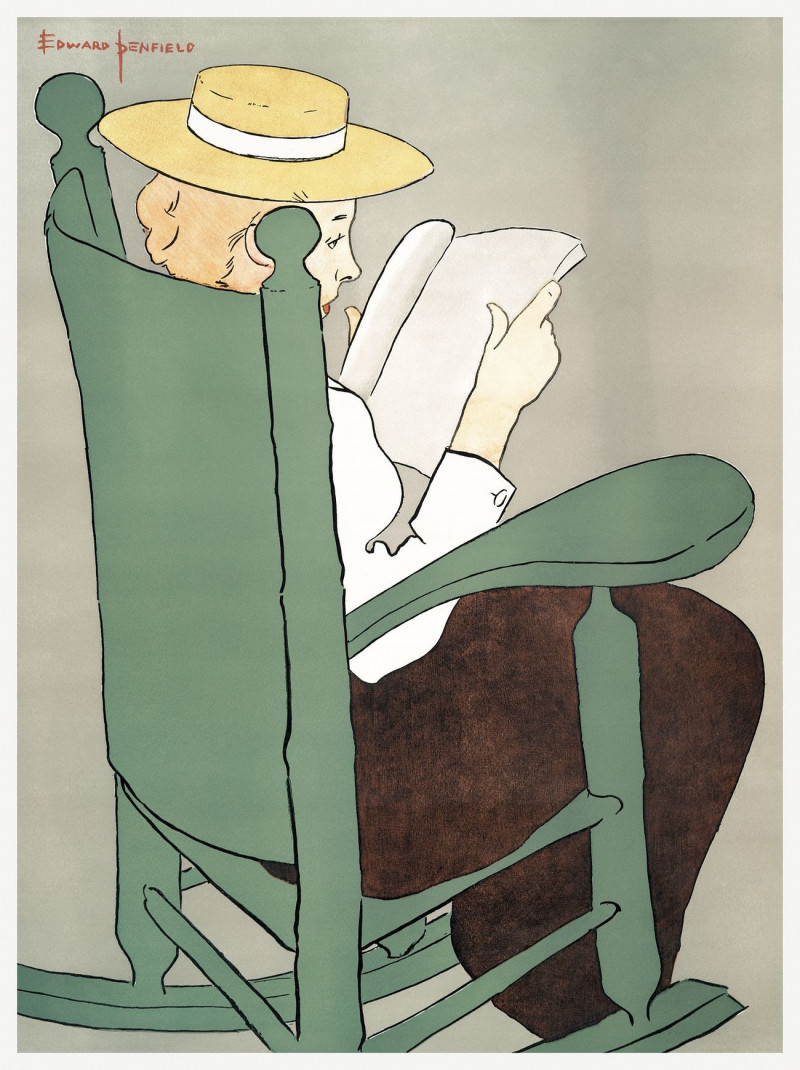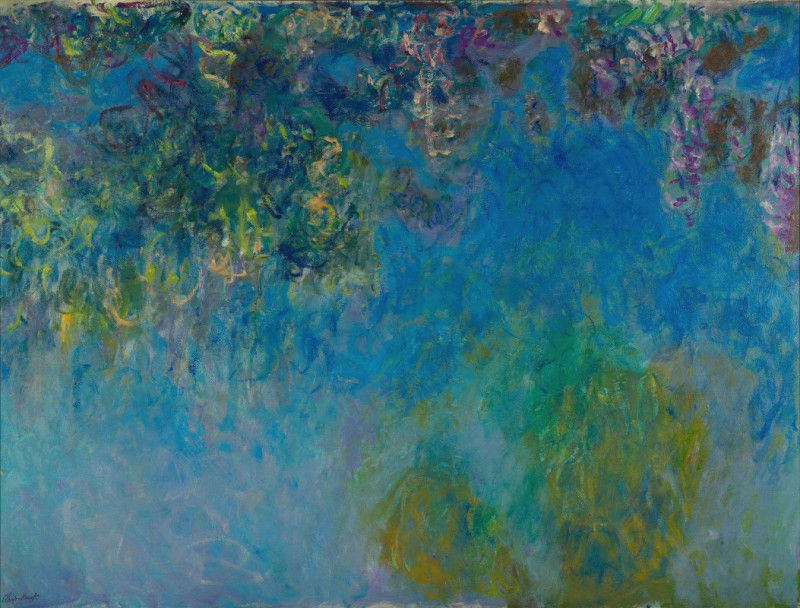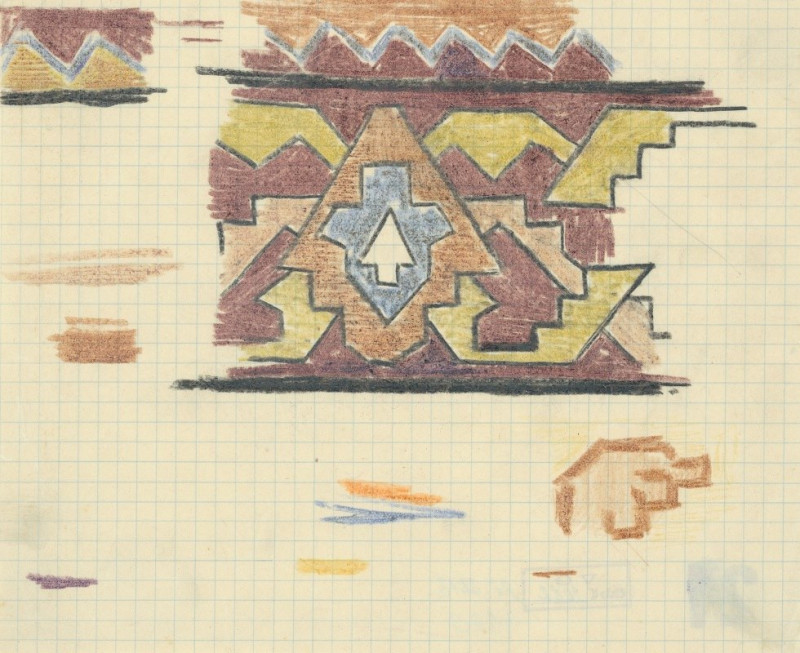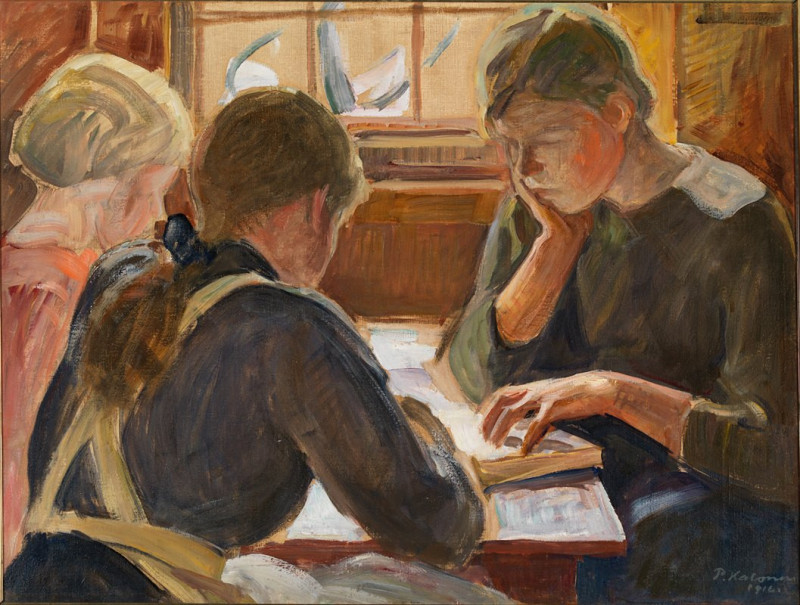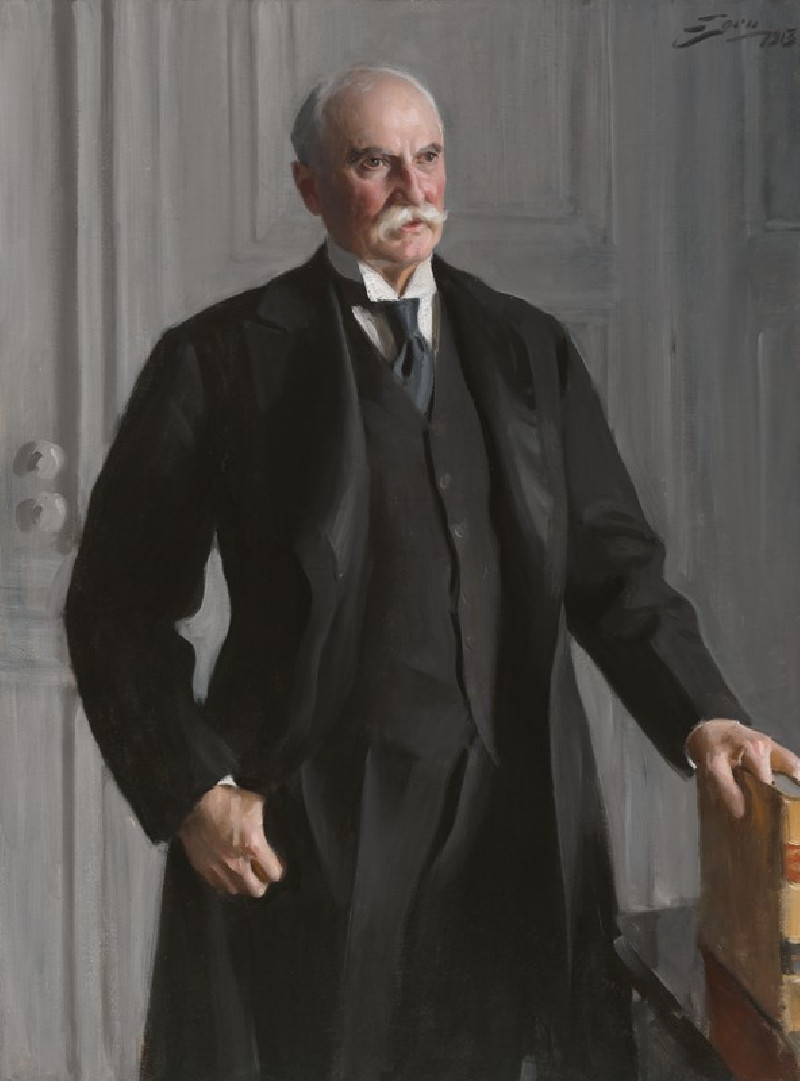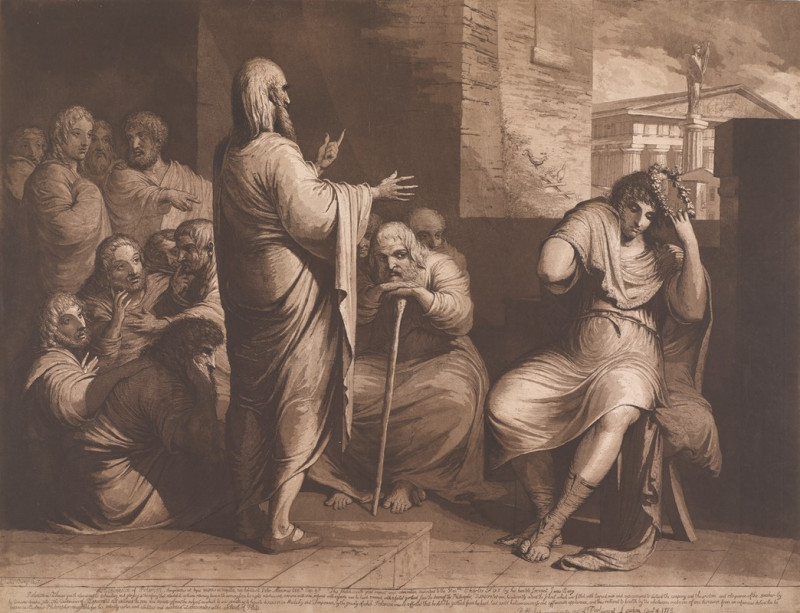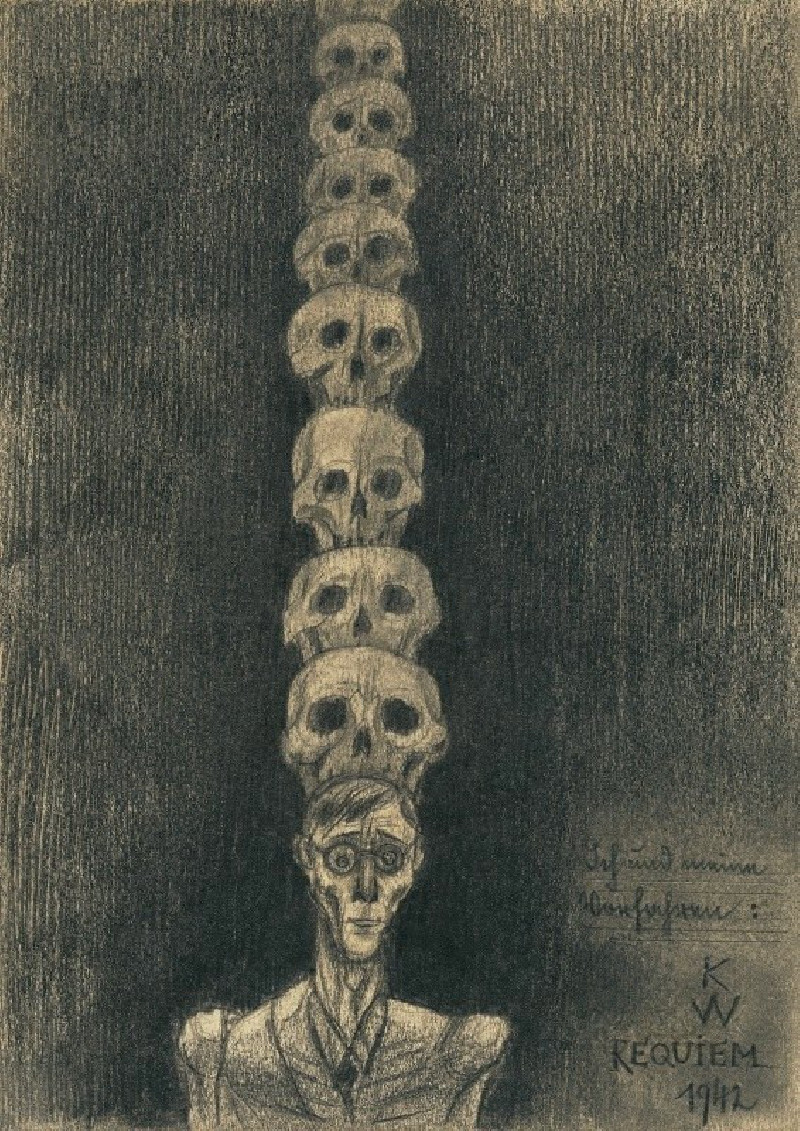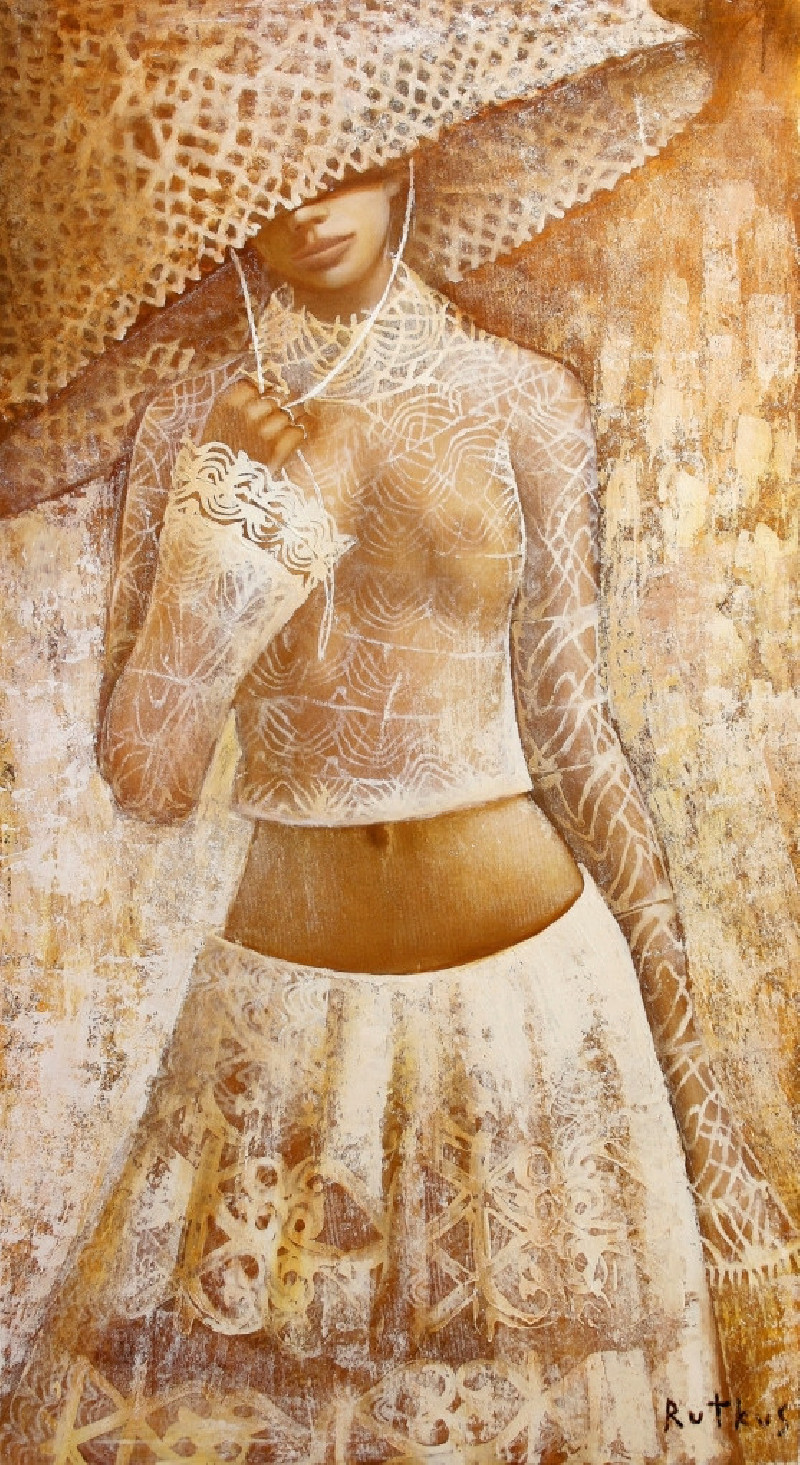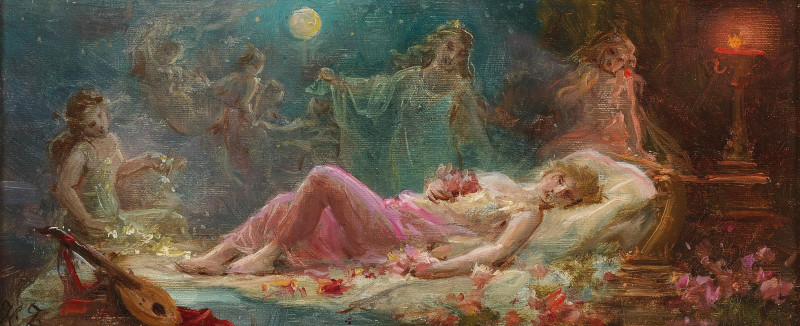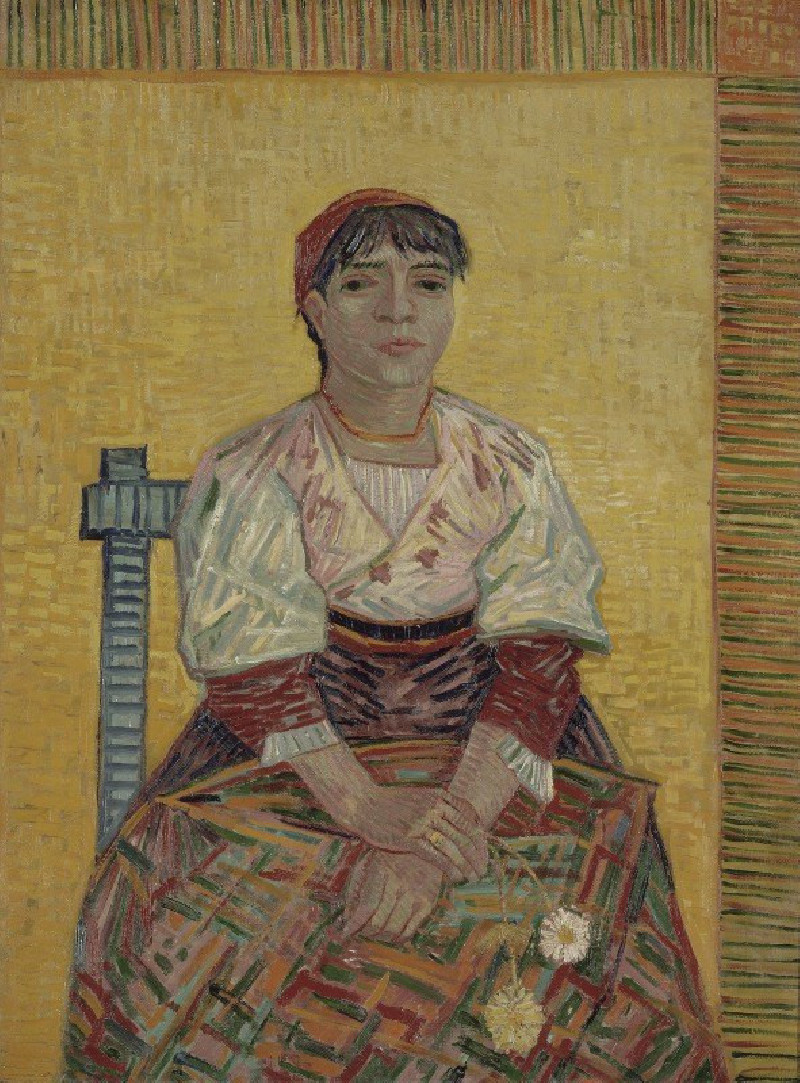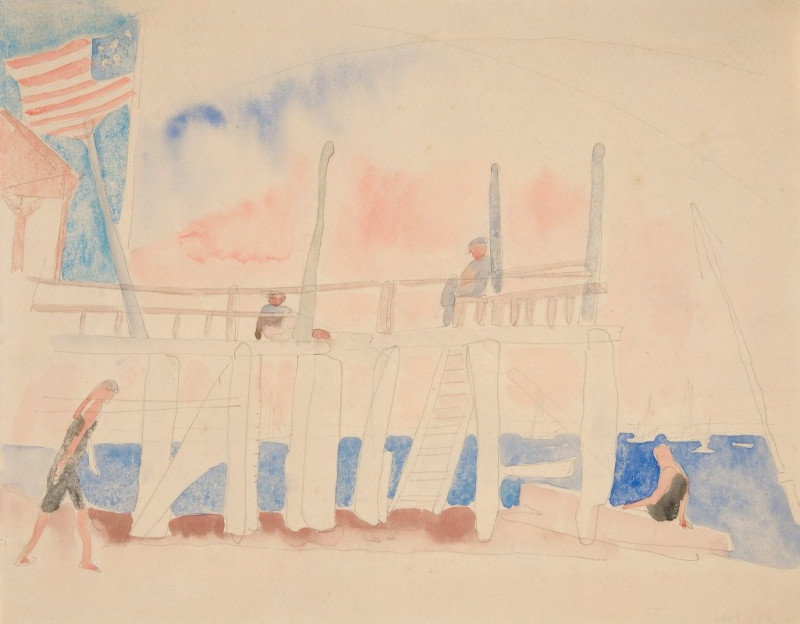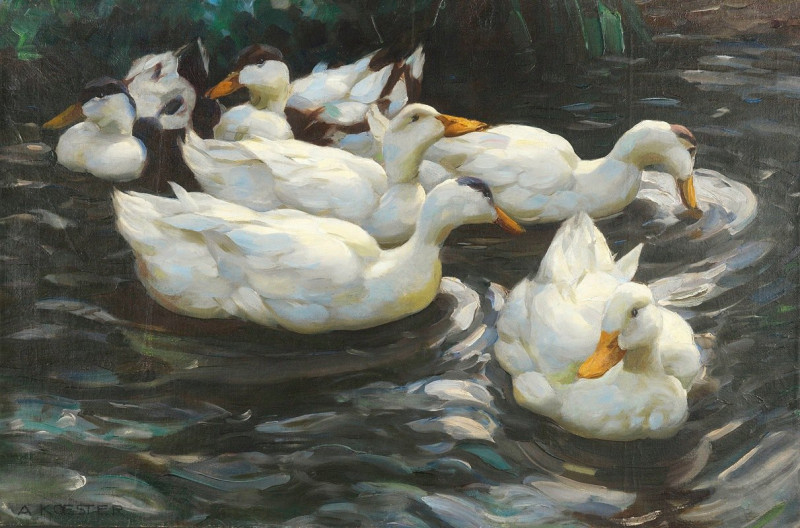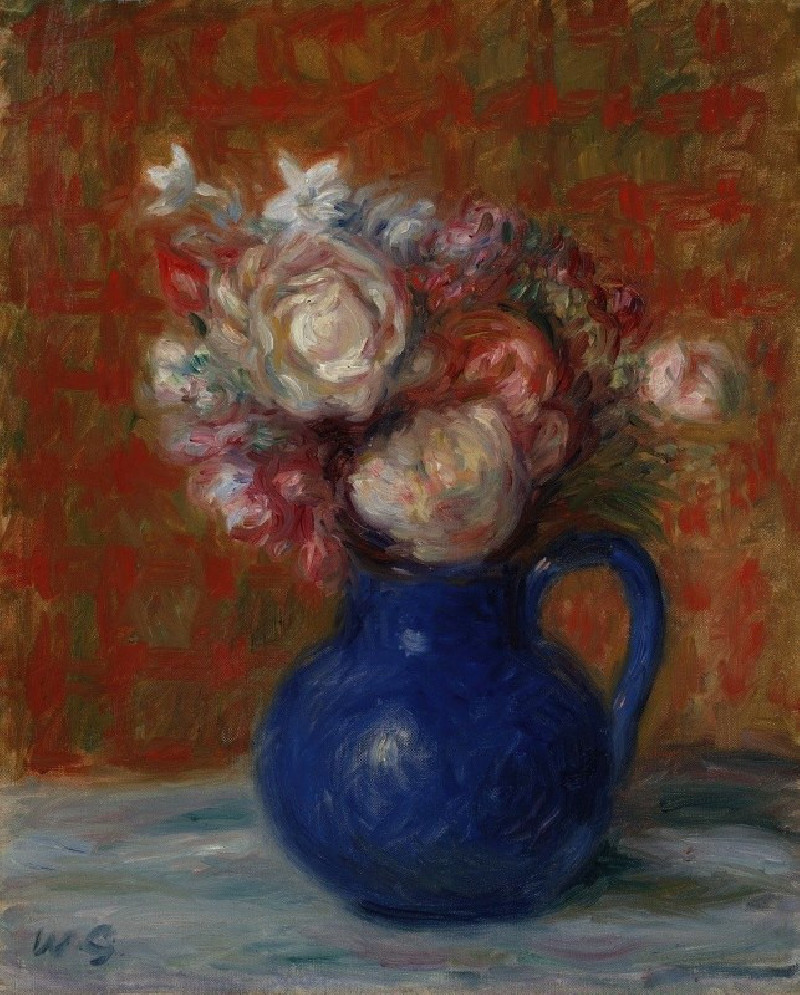Hammer Throw
Technique: Giclée quality print
Recommended by our customers
More about this artwork
The painting "Hammer Throw" by Edward Penfield depicts an athlete in the motion of performing a hammer throw, a track and field event. The athlete, a muscular man, is drawn with an emphasis on his physical strength, evident in the detailed depiction of his musculature and focused expression. He wears a white tank top and shorts with striking red accents that add a vivid contrast against the muted, tan background.The athlete holds the hammer, which consists of a metal ball attached via a wire to a grip, positioned in the process of swinging it around his body before the release. His posture and the tautness of his arm muscles highlight the energy and concentration required in the sport.Penfield’s style in this image features clean, bold lines and a somewhat limited color palette, which enhances the graphic quality of the work. This approach is typical of his illustrations, often characterized by their clarity, straightforward composition, and dynamic sense of movement. This painting not only captures a moment of athletic exertion but also reflects the early 20th-century American art style, emphasizing efficiency, vigor, and the celebration of physical prowess.
Delivery
Returns
Edward Penfield (1866-1925) was an influential American poster artist, considered as the father of the American poster movement. He was employed as an art editor for Harper’s Weekly, Monthly, and Harper’s Bazaar, where he made posters advertising each issue of the magazine for over seven years. His art was avant-garde with less concern for the dramatic curving lines of Art Nouveau, inspired by Japanese ukiyo-e block prints, figure drawings by Henri de Toulouse-Lautrec, color lithographies by Jules Chéret, and other contemporary artists. He created simplified scenes of daily life in saturated colors, including horses, cats, sports, and women’s fashion.

